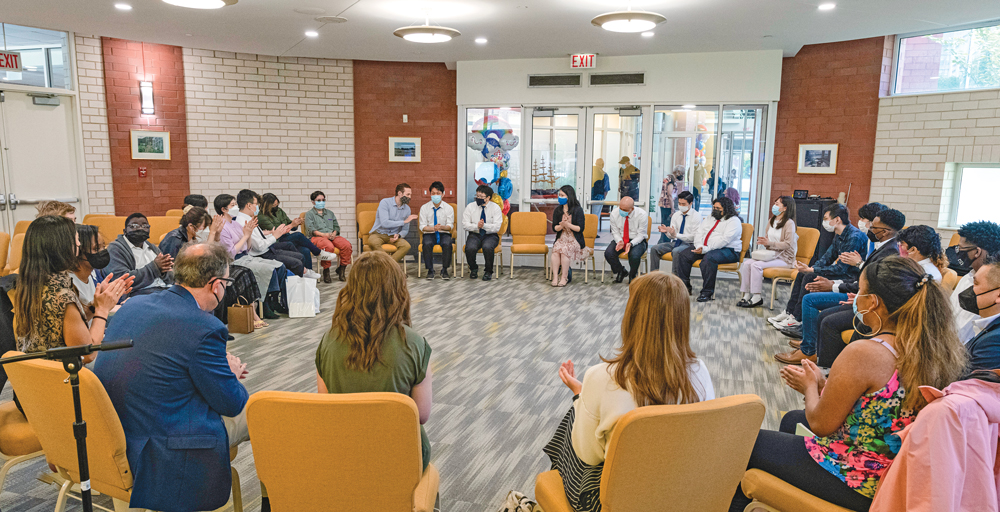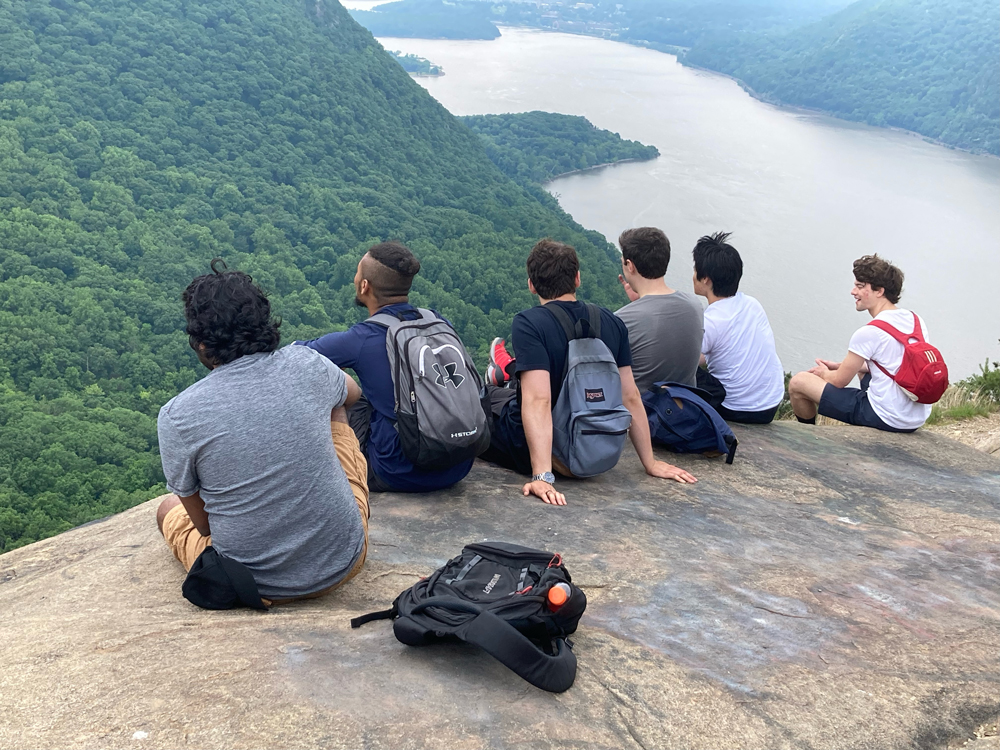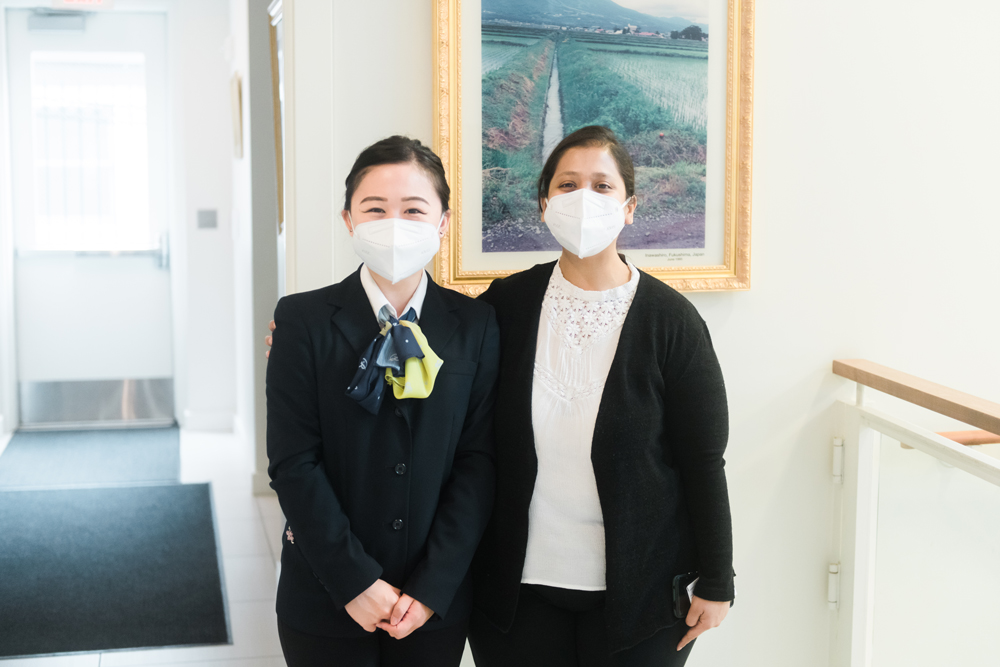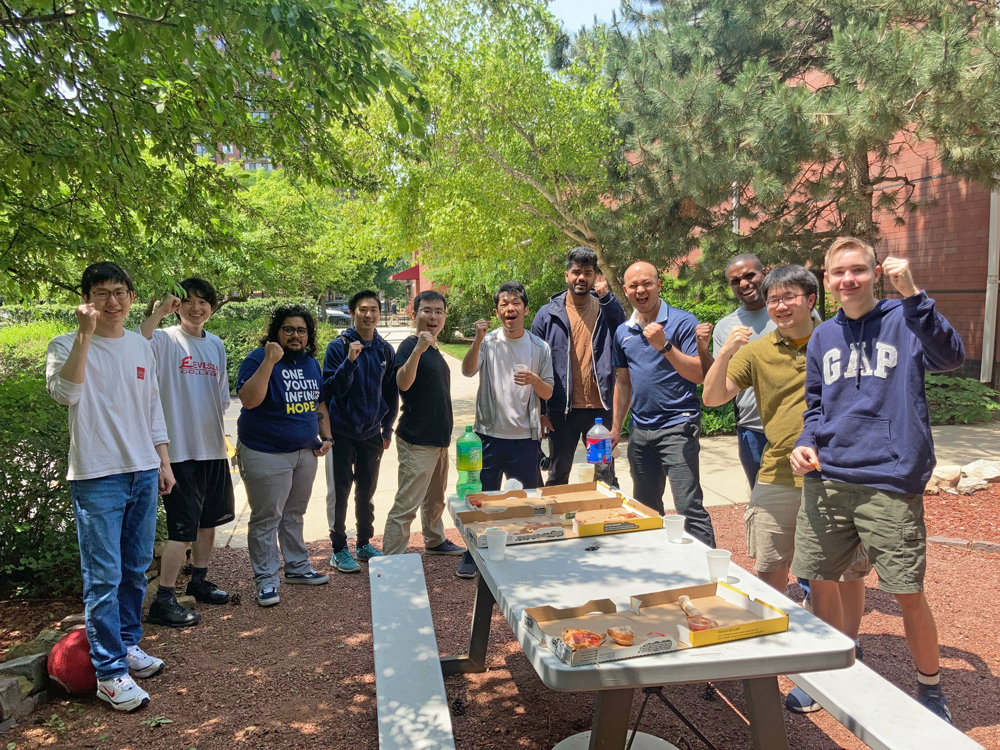In a daylong virtual conference on June 18, the SGI-USA Central Executive Committee (CEC) discussed in great detail the next phase of reopening the SGI-USA as well as ways to focus more on fostering youth, especially through behind-the-scenes training groups.
Toward that end, the CEC members voted to hold hybrid discussion meetings at reopened Buddhist centers for fully vaccinated participants, while, at the same time, allowing informal outdoor gatherings (such as picnics, barbecues and sports activities) that do not require the participants to be vaccinated or masked.
SGI-USA General Director Adin Strauss said that an indispensable part of reopening is to reinvigorate our youth activities, and especially the behind-the-scenes youth training groups, Byakuren, Soka Group and Gajokai, in order to foster future leaders that have the spirit to protect the members and take full responsibility for kosen-rufu under any circumstances.
Mr. Strauss encouraged the participants, based on rock-solid prayer, to apply the four cornerstones that Sensei outlined for fostering capable people: 1) guidance; 2) education; 3) training and 4) support (see October 2014 Living Buddhism, p. 28). “We must by all means rededicate ourselves to nurturing and raising youth,” he said. “Let’s be the ones, and let’s encourage every men’s and women’s division member to be the one to encourage our youth as to the importance of youth division activities for their lives, for their fortune and for the future.”
‘With unyielding courage, plant seeds of Buddhahood.’
The conference opened with a moving message from Ikeda Sensei, in which he expressed his appreciation for holding the conference and referenced a passage from Nichiren Daishonin: “Still I am not discouraged. The Lotus Sutra is like the seed, the Buddha like the sower, and the people like the field” (“The Essentials for Attaining Buddhahood,” The Writings of Nichiren Daishonin, vol. 1, p. 748).
Sensei continued: “I ask all of you, my respected and treasured friends, to act in the spirit of this passage, and with unyielding courage, plant and spread seeds of Buddhahood in the ‘fields’ of people’s hearts. Now, more than ever, please work to build our network of peace and hope to be all the stronger.”
In his opening words, SGI-USA General Director Adin Strauss expressed his deepest appreciation to everyone for their efforts in this year’s May Commemorative Contribution activity. And he acknowledged those attending the CEC in their new leadership roles:
• Central Territory Men’s Leader Mike Woods (new CEC member)
• Central Territory Leader Paul Niihara
• West Territory Women’s Leader Margaret Kasahara (new CEC member)
• West Territory Leader James Herrmann
As we enter the second half of the year, he proposed, on behalf of the national team, to dedicate the remainder of the year to reopening SGI-USA activities.
SGI-USA Women’s Leader Naoko Leslie shared with the participants that it makes a huge difference when we meet others in person, and she encouraged everyone to invite their friends to meetings and share Buddhism especially with young people.
“Human beings need to move,” she said. “Taking action for others will refresh and revitalize our lives.”
The following are highlights from the conference.

Discussion meetings to be held at reopened Buddhist centers.
In the next phase of in-person activities, the CEC voted to hold hybrid discussion meetings at reopened Buddhist centers, starting with the 24 zone centers.
The criteria will remain the same as other formal in-person activities held at centers, such as Kosen-rufu Gongyo and Intro meetings: Participants must be fully vaccinated within 5 months of the activity or have at least one booster shot. (The accepted vaccines remain Moderna, Pfizer and Johnson & Johnson.)
The benchmark for eligibility will be districts with at least eight members, including one district leader, that have been vaccine verified in the SGI-USA Member Portal and can attend in person.
In September, districts that meet the above criteria will be eligible to hold meetings at all 24 zone centers, based on center availability during discussion meeting week.
To accommodate this transition, the SGI-USA will equip centers with televisions and 360-degree video technology for a better hybrid-meeting experience, plus easy-to-use online meeting scheduling software.
With this addition, the SGI-USA updated the guidelines for guests to receive the Gohonzon as well as for those who join the SGI-USA with them in the same household. (These guidelines do not apply to minors.)
1) Has attended three in-person discussion meetings; or three in-person Kosen-rufu Gongyo or Introductory meetings and three virtual district-level discussion or study meetings. The earliest a guest can receive the Gohonzon or join as an additional new member is after three months of practice.
2) Has shared an experience at a district-level discussion or study meeting, Kosen-rufu Gongyo or Soka 2030 meeting.
3) Is ready to practice Soka Gakkai Nichiren Buddhism and is chanting Nam-myoho-renge-kyo and learning gongyo.
Starting in August, the future division will hold in-person Soka Family Day activities at reopened Buddhist centers on the second Sunday of each month at 10 a.m. local time.
Based on current CDC guidelines, starting in August, children ages 5–11 must be vaccinated within 5 months of the meeting date or have one booster shot to attend in-person activities at Buddhist centers, while children as young as 6 months may attend in-person meetings at centers as long as they show proof of vaccination.
Informal outdoor gatherings approved.
With the official start to summer, the CEC voted to allow optional, informal outdoor gatherings (such as picnics, barbecues and sports activities) that can take place divisionally or four-divisionally. Since these gatherings will not take place at SGI-USA centers, vaccines and masks will not be required. However, as a courtesy and to be prudent, members and guests should be made aware ahead of time that other participants may not be vaccinated or choose to wear masks so they can determine for themselves if they wish to attend or not. (As these are informal gatherings, they should not include formal meetings, e.g., district discussion or study meetings, or the recitation of gongyo.)
For one-to-one visits, the “HOMS” guidelines will remain in place: H for healthy; O for outdoors; M for masked; and S for socially distanced.

First Intro exam in three years to be held in October.
In another sign of reopening, the SGI-USA will offer its first Introductory Exam in three years at reopened Buddhist centers. The exam will be held Oct. 29–30 for members and guests who have not taken or passed the exam in previous years, and will be offered in English. The examinees must meet vaccine requirements to enter a center where the exams will be held, and bring a smartphone, tablet or laptop to take the exam.
Toward October, districts or chapters are encouraged to create a virtual study schedule and support system to best help members enjoy learning and participating in the exam.

Raising youth who can shoulder the future.
When the first Buddhist centers reopened for in-person activities in September 2021, the national team created benchmarks for how many Byakuren, Soka Group and Gajokai members would be required to open a center.
The philosophy behind that decision: the centers must become places where many youth can grow.
With 2030 in sight, the CEC members discussed the significance of the youth training groups, Byakuren, Soka Group and Gajokai, in developing the future leaders of kosen-rufu in the U.S. And the national team asked each zone to create their own goals of how many active behind-the-scenes members they would like to have by year’s end.
SGI-USA Men’s Leader Kevin Moncrief observed that he is around the same age as the pioneer women’s members were when they raised him in faith. “The pioneer generation had very few people. They propagated to young people,” he said.
Mr. Moncrief said that, although he was young in faith, he remembers a pioneer member constantly praising his efforts. “This is our time to pay that forward,” he said. “It’s release 2.0 for the future.”

You are reading {{ meterCount }} of {{ meterMax }} free premium articles

